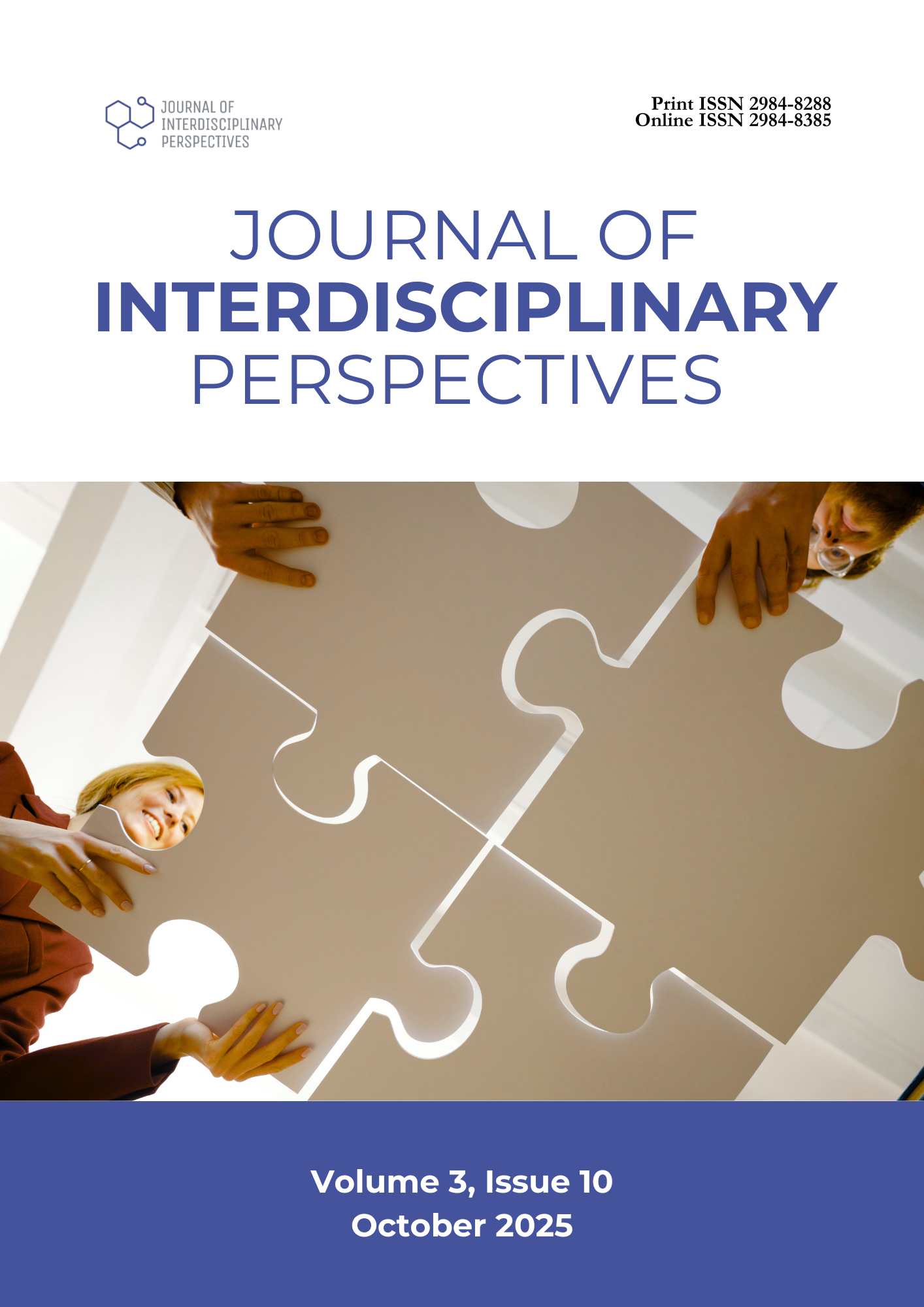Influence of Social Media on High School Students
DOI:
https://doi.org/10.69569/jip.2025.619Keywords:
Behavioral impact, Emotional impact, Influence, Social media, StudentsAbstract
This quantitative study investigated the influence of social media on Grade 9 students in Veruela, Agusan del Sur, Philippines. Using a descriptive-correlational research design, the study involved a sample of early adolescent learners, many of whom were the youngest in their families and came from low-income households. Most respondents identified as Roman Catholic, with parents working primarily as farmers or homemakers. Data revealed that Facebook was the most commonly used platform, with students spending an average of 30 minutes to 3 hours daily on social media. Respondents reported using these platforms mainly for sharing and posting content, either privately or publicly. The study measured emotional influence with a mean score of 3.06 (moderately influenced) and behavioral influence with a mean score of 2.54 (influenced). A statistically significant relationship was found between students' socio-economic status and the frequency of social media usage. However, no strong associations were found between other demographic variables and social media impact. The findings suggest that excessive social media use can disrupt academic focus and classroom engagement. The study recommends increased collaboration among parents, educators, and stakeholders to foster responsible social media use and enhance students’ academic and behavioral outcomes.
Downloads
References
Ali Memon, M., Ramayah, T., Hiram Ting, H., & Cheah, J. (2025). Purposive sampling: A review and guidelines for quantitative research. Journal of Applied Structural Equation Modeling 9(1):1–23. https://tinyurl.com/3us8ehwh
Baker, B., & Yang, I. (2018). Social media as social support in pregnancy and the postpartum. Sexual & Reproductive Healthcare Volume 17, October 2018, Pages 31-34. https://doi.org/10.1016/j.srhc.2018.05.003
Bautista, R. (2024). The analysis of life experiences of high school students in the era of social media trends: How big is the impact on the world of education? International Journal of Education and Teaching Zone, 3(2), 119–130. https://doi.org/10.57092/ijetz.v3i2.150
Crouch, S., Devis, K., Hossain, R., LeMoine, G., Price, A., & South, N. (2018). First-year nursing students' use of social media within education: Results of a survey. Nurse Educ Today. 2018 Feb; 61:70-76. http://doi: 10.1016/j.nedt.2017.10.013
de Groote, B. (2013). The glory of motion: Re-reading movement in Thomas De Quincey and Adam Smith. North American Society for the Study of Romanticism (NASSR 2013), 21st Annual Conference, Abstracts. Presented at the North American Society for the Study of Romanticism Conference 2013 (NASSR 2013), University of Boston, MA, US. http://hdl.handle.net/1854/LU-8693715
Cai, Y., Kamarudin, S., & Nujaimi, S. (2025). Willingness to share information on social media: A systematic literature review. Front. Psychol., 04 June 2025 Sec. Personality and Social Psychology Volume 16 – 2025. https://doi.org/10.3389/fpsyg.2025.1567506
Lai, F., Wang, L., Zhang, J., Shan, S., Chen, J., & Tian, L. (2023). Relationship between social media use and social anxiety in college students: Mediation effect of communication capacity. International Journal of Environmental Research and Public Health, 20(4), 3657. https://doi.org/10.3390/ijerph20043657
Hofmann, S., & Kashdan. T. (2010). The affective style questionnaire: Development and psychometric properties. J Psychopathol Behav Assess. 2010 Jun 1;32(2):255-263. http://doi: 10.1007/s10862-009-9142-4
Rauteda, K. R. (2025). Quantitative research in education: Philosophy, uses, and limitations. Journal of Multidisciplinary Research and Development, 2(1), 1–11. https://doi.org/10.56916/jmrd.v2i1.993
Wells, T., Fishman, E., Horton, K., & Rowe, S. (2018). Meet generation Z: Top 10 trends of 2018. Journal of the American College of Radiology, Volume 15, Issue 12, 1791 – 1793. https://doi: 10.1016/j.jacr.2018.05.033
Social Media Today Press Release. (2017). How much time do people spend on social media? [Infographic]. Retrieved from https://tinyurl.com/38xavvbp
Sutradhar, P. (2017). Psychology of sharing: Why do people share on social media? Retrieved from https://tinyurl.com/5n6njfnb
Wang, Y. L., Chen, Y. J., & Liu, C. C. The relationship between social media usage and loneliness among younger and older adults: The moderating effect of shyness. BMC Psychol 12, 343 (2024). https://doi.org/10.1186/s40359-024-01727-4
Young, K. (2018). 5 ways millennials and Gen Z differ on digital. Retrieved from https://tinyurl.com/y5w694ea
Yue, Z., Zhang, R., & Xiao, J. (2023). Social media use, perceived social support, and well-being: Evidence from two waves of surveys peri- and post-COVID-19 lockdown. J Soc Pers Relat. 2023 Jul 8:02654075231188185. https:/doi: 10.1177/02654075231188185
Downloads
Published
How to Cite
Issue
Section
License
Copyright (c) 2025 Journal of Interdisciplinary Perspectives

This work is licensed under a Creative Commons Attribution-NonCommercial 4.0 International License.








